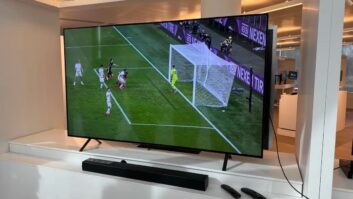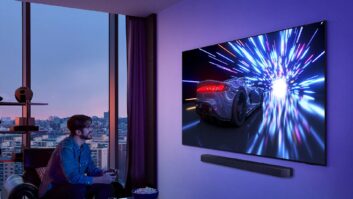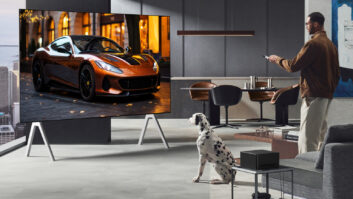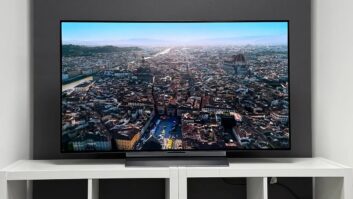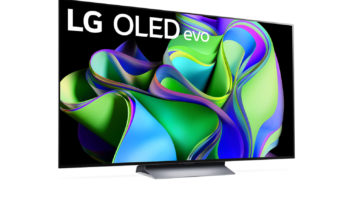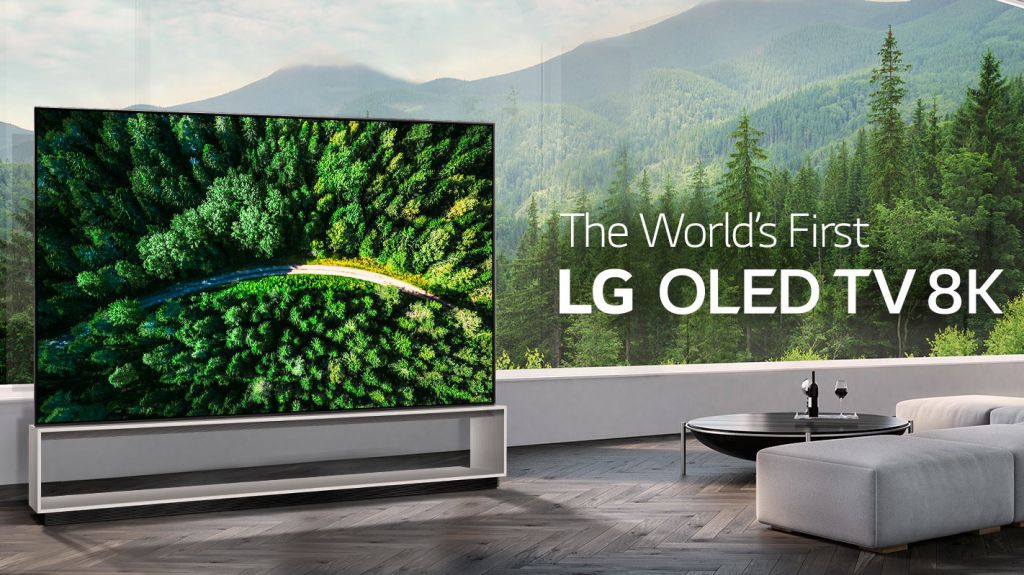
LG’s latest range of 8K TVs are finally coming to market this month, over a year after they were first announced.
The 88-inch LG 8K OLED (88OLEDZ9), and 75-inch LG 8K Nanocell TV (75SM99), bridge the South Korean company’s high-performing panel technology with the latest 8K resolution – which offers four times the number of pixels than a standard 4K TV, or 16 times that of a Full HD TV.
Both of these 8K televisions use LG’s latest a9 Gen 2 8K processor, support HDR, Dolby Vision, and HLG formats, with Apple Airplay 2 and HomeKit support. You’ll get four HDMI 2.1 ports too, in order to ensure 8K video can pass through cables at 60fps, or 4K video at 120fps.
The sets will first be releasing in the US, UK, Australia, Germany, and France – with a wider rollout expected beyond September. But what’s interesting about this release is LG’s claim that competitors don’t offer the same 8K experience.
My 8K or the highway
So what’s this argument about “real 8K”? Well, LG is citing the Information Display Measurements Standard (IDMS) for pixel differentiation, arguing that 8K TVs shouldn’t just be defined by the number of pixels they have (7,680 x 4,320), but also how well the TV panel can distinguish / contrast between those pixels. If those tiny self-emissive dots start to merge the brightness or colors of their output, then there’s little point in having so many.
LG claims its new 8K TVs achieve this Contrast Modulation (CM) “in the 90 percent range”, leading to what it calls “real 8K”. (The IDMS standard only requires 25 percent for images, or 50 percent for text.)
It comes only a day after the 8K Association, an organization for encouraging the adoption and development of 8K, with members including Samsung, Panasonic, Hisense, and TCL – though notably not LG – set out its own standard for 8K TVs. Its mainly sensible stuff, such as HDMI 2.1 ports, high enough frame rates, 8K resolution, and a minimum 600 nits peak brightness, but no mention of the Contrast Modulation measurement used by LG.
As 8K becomes a more regular occurrence in people’s homes, it’s reassuring that manufacturers are pushing for a baseline quality for those sets, so people don’t end up with TVs that don’t perform as expected. Naturally different manufacturers will argue that their own in-house standards are definitive, but if it means higher-quality televisions for consumers, they can argue away.
This article originally ran on techradar.com.
See also: Round Slow-Melting ‘Craft Ice’ Now Available In 4 LG InstaView Door-in-Door Refrigerator Models





